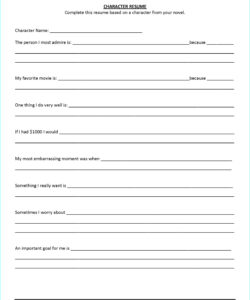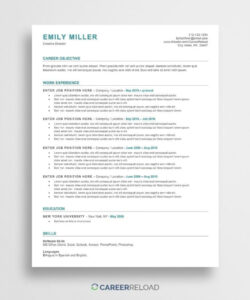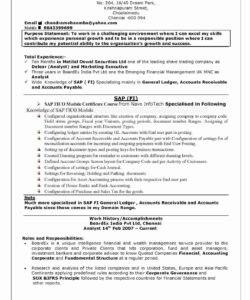When it comes to writing a resume, it’s important to highlight your skills and experiences in a way that stands out to potential employers. One way to do this is by including any mentorship experience you may have. Not only does this show that you have leadership skills, but it also demonstrates that you are committed to helping others grow and develop.
In this article, we’ll discuss how to put mentorship on your resume, including what to include, how to format it, and some tips for making it stand out.
What to Include
When it comes to including mentorship on your resume, there are a few things you should keep in mind. First, you’ll want to make sure that you’re highlighting the right skills and experiences. This might include:
- Leadership skills
- Communication skills
- Teaching or training experience
- Experience working with diverse groups of people
Once you’ve identified the skills and experiences you want to highlight, you’ll need to decide how to format them on your resume. There are a few different ways you can do this:
- Include it in your work experience section: If you’ve had a formal mentorship role in the past, you can include it in your work experience section just like any other job. Be sure to highlight your accomplishments and the impact you had on your mentees.
- Create a separate section: If you’ve had multiple mentorship roles or want to highlight your mentorship experience more prominently, you can create a separate section on your resume. This might be titled “Mentorship Experience” or “Leadership Experience.”
- Include it in your summary: If you don’t have a lot of work experience or want to highlight your mentorship experience right away, you can include it in your summary at the top of your resume.
How to Format It
Once you’ve decided where to include your mentorship experience, you’ll need to format it in a way that’s easy to read and understand. Here are a few tips:
- Use bullet points: Bullet points are a great way to break up text and make it easier to read. Use them to highlight your accomplishments and the impact you had on your mentees.
- Quantify your impact: Whenever possible, try to quantify the impact you had on your mentees. For example, you might say that you helped increase their productivity by 20% or that you helped them achieve a 95% satisfaction rate on a survey.
- Use action verbs: Action verbs are a great way to make your resume more dynamic and engaging. Use them to describe your mentorship experience in a way that’s both clear and compelling.
Conclusion
Putting mentorship on your resume is a great way to demonstrate your leadership skills and commitment to helping others grow and develop. By following the tips in this article, you can highlight your mentorship experience in a way that stands out to potential employers.
FAQ
Q: How do I list mentorship on my resume?
A: There are a few different ways you can list mentorship on your resume. You might include it in your work experience section, create a separate section for mentorship experience, or include it in your summary at the top of your resume.
Q: What skills should I highlight when listing mentorship on my resume?
A: When listing mentorship on your resume, you should highlight skills such as leadership, communication, teaching or training experience, and experience working with diverse groups of people.
Q: How do I format mentorship on my resume?
A: When formatting mentorship on your resume, you should use bullet points to break up text, quantify your impact whenever possible, and use action verbs to describe your experience in a way that’s both clear and compelling.


